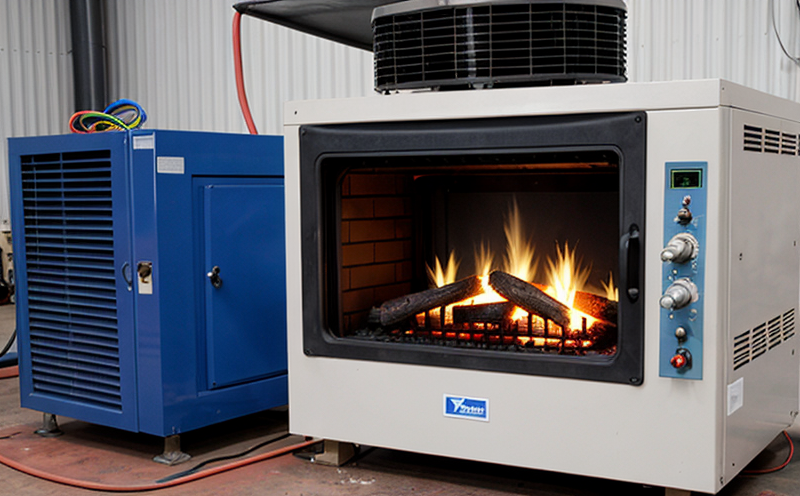ASTM E1952 Thermal Conductivity Testing of LED Substrates
The ASTM E1952 standard is a critical tool in the evaluation of LED substrates, providing a standardized method to measure thermal conductivity. This test ensures that manufacturers and quality managers can reliably assess how well their materials conduct heat away from sensitive electronic components within LEDs.
Thermal management is one of the most significant challenges faced by designers of lighting products. Poor thermal performance can lead to overheating, reduced lifespan, and even failure of LED assemblies. ASTM E1952 addresses this issue directly, offering a precise method for determining how efficiently heat can be dissipated through different substrate materials.
LED substrates are typically made from ceramics or metals like copper or aluminum, chosen based on their thermal properties. Ceramics generally offer higher thermal conductivity but lower mechanical strength compared to metal substrates. The choice of substrate directly impacts the performance and longevity of an LED light source. ASTM E1952 allows manufacturers to select materials that best suit their design needs while ensuring optimal heat dissipation.
The test procedure outlined in ASTM E1952 involves measuring the thermal resistance between two surfaces separated by a thin layer of material (the substrate). By applying known amounts of heat and monitoring temperature changes, researchers can calculate the thermal conductivity. This process is conducted under controlled conditions to ensure accurate results.
The precision required for this test makes it essential for laboratories equipped with advanced equipment capable of maintaining strict environmental controls during testing. The use of high-precision sensors ensures that even minute differences in heat transfer are captured accurately, allowing for meaningful comparisons between various substrate materials.
Understanding the results from ASTM E1952 is crucial not only for selecting appropriate substrates but also for optimizing overall LED design. Engineers can leverage these findings to improve thermal management strategies, extend product lifetimes, and enhance energy efficiency—all key factors in today’s push towards more sustainable lighting solutions.
| Parameter | Description |
|---|---|
| Thermal Conductivity | The rate at which heat energy is transferred through a material. |
| Test Conditions | Controlled temperature and humidity levels to ensure accurate readings. |
| Sensor Accuracy | Precision of measurement devices used in the testing process. |
Benefits
The primary benefit of conducting ASTM E1952 thermal conductivity tests on LED substrates lies in its ability to provide critical data for improving product performance and reliability. By understanding the exact thermal properties of a substrate, manufacturers can make informed decisions about material selection and design optimization.
Improved heat dissipation translates into extended operational lifetimes for LEDs, reducing maintenance costs and enhancing overall system efficiency. Additionally, accurate testing helps ensure compliance with industry standards, which is essential for maintaining a competitive edge in the lighting market.
From an R&D perspective, ASTM E1952 offers valuable insights that can drive innovation. Engineers can experiment with new materials or modifications to existing designs knowing they have reliable data on thermal performance. This information supports continuous improvement efforts aimed at creating more efficient and durable lighting solutions.
Industry Applications
| Application | Description |
|---|---|
| Commercial Lighting | Ensuring efficient heat dissipation in large-scale installations. |
| Architectural Lighting | Supporting sustainable design practices through optimized thermal management. |
| Solid-State Lighting (SSL) | Aiding in the development of more energy-efficient SSL products. |
Why Choose This Test
Selecting ASTM E1952 for thermal conductivity testing offers several advantages over other methods. Its standardized approach ensures consistency across different labs, making inter-laboratory comparisons reliable and valid.
The precision offered by this test is unmatched; it provides highly accurate measurements that are crucial for research and development activities. This level of accuracy supports the creation of advanced lighting systems that meet strict performance requirements set by regulatory bodies worldwide.
Compliance with international standards like ASTM E1952 also enhances a company’s reputation, making it easier to secure contracts and partnerships in competitive markets. It demonstrates commitment to quality assurance practices recognized globally.





